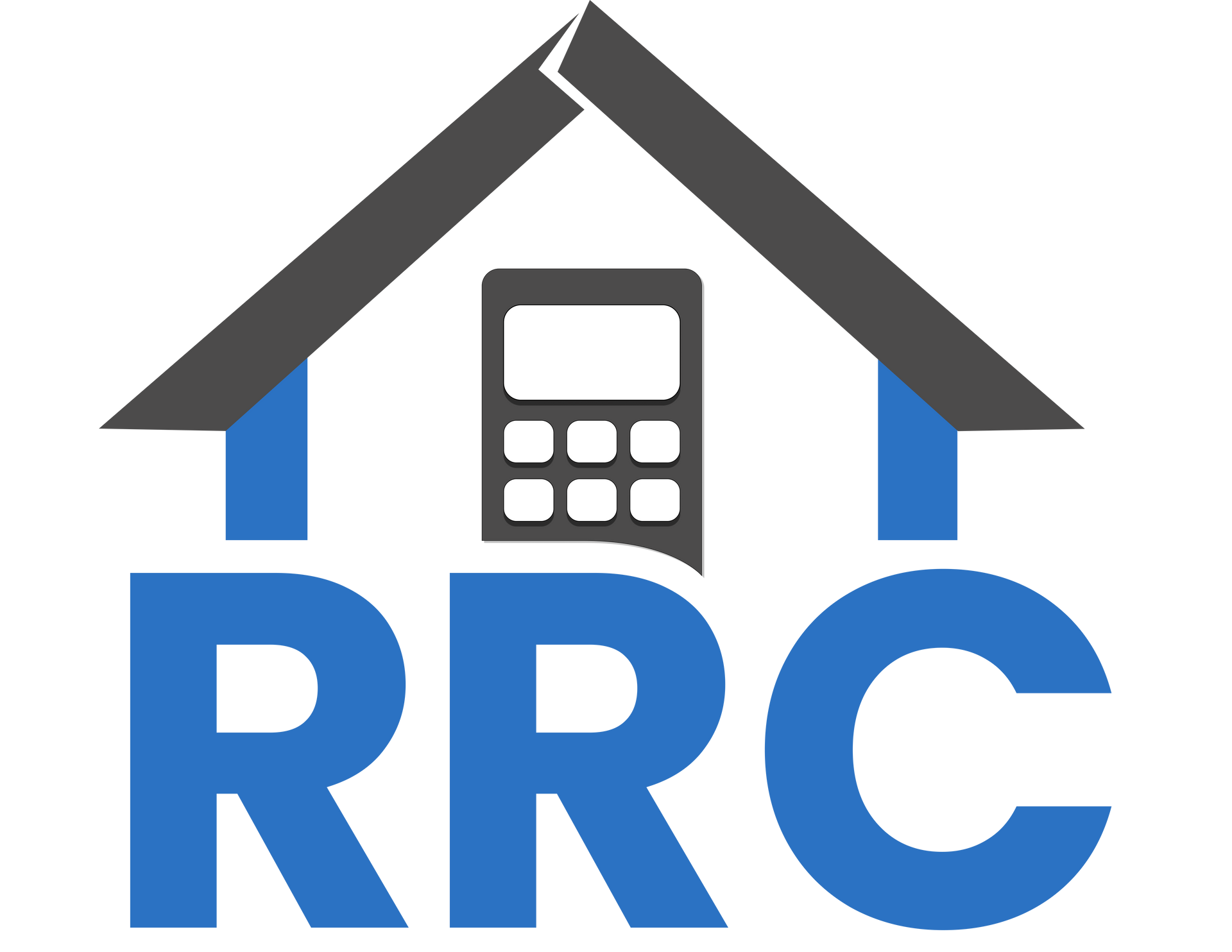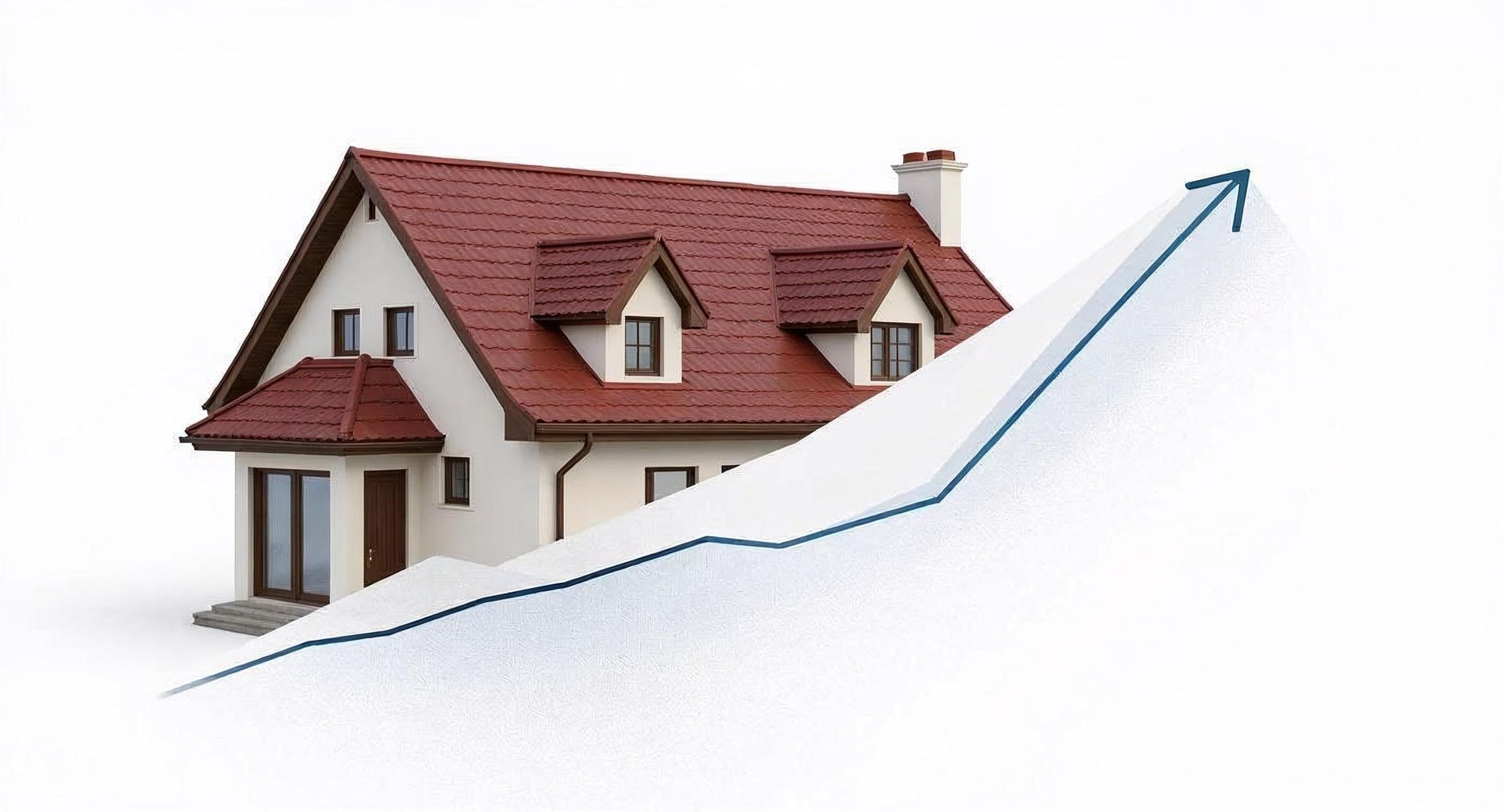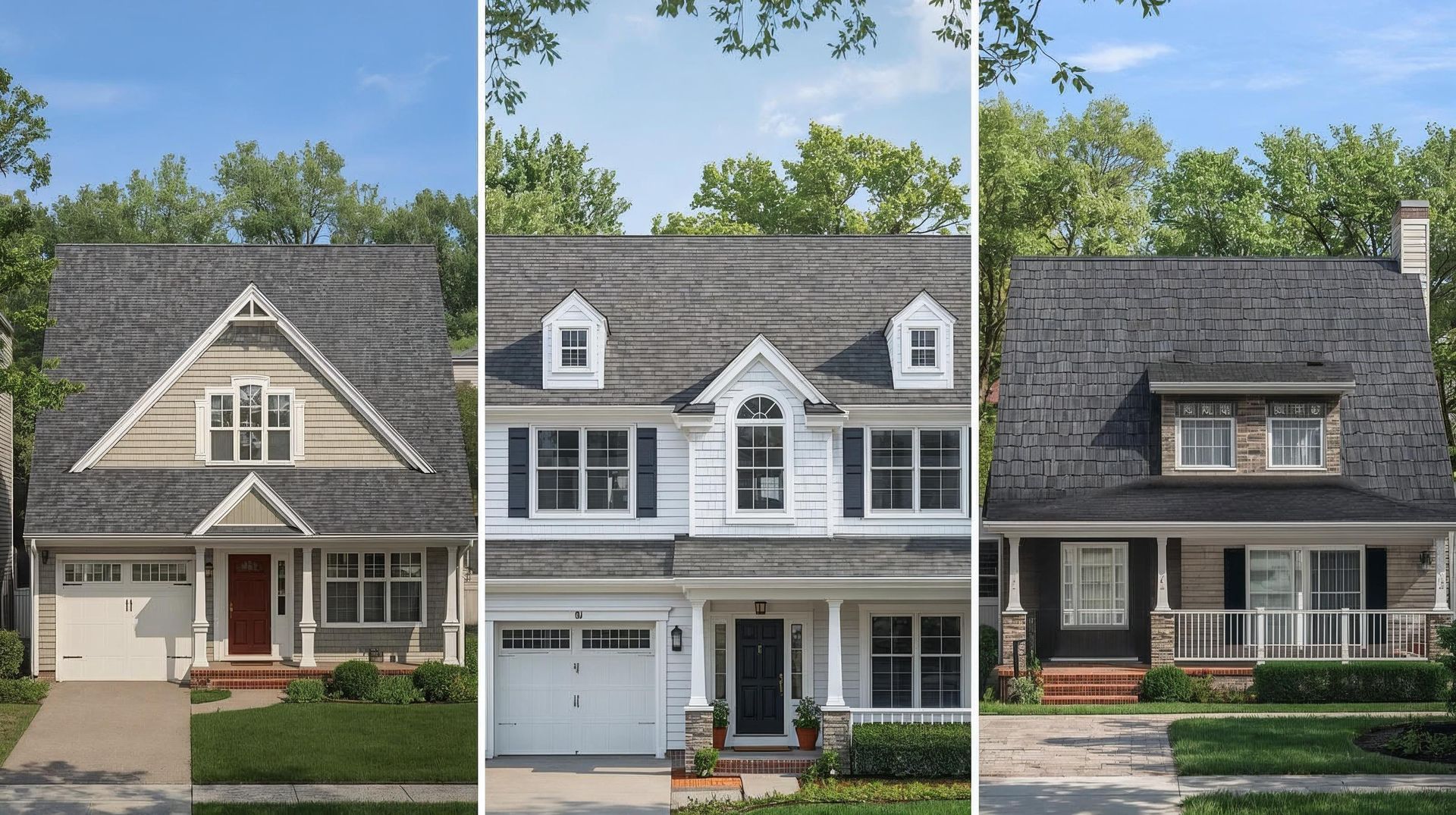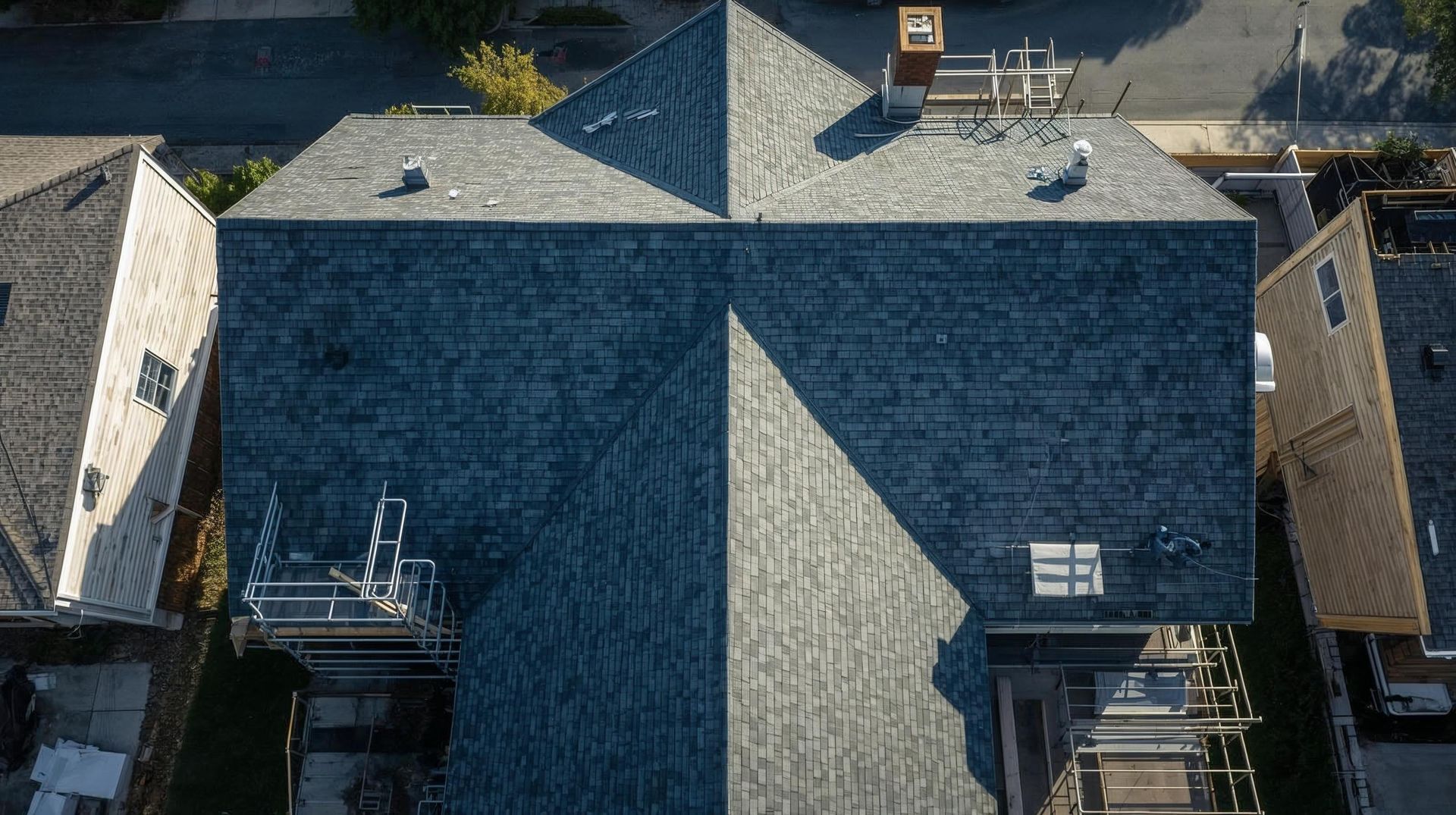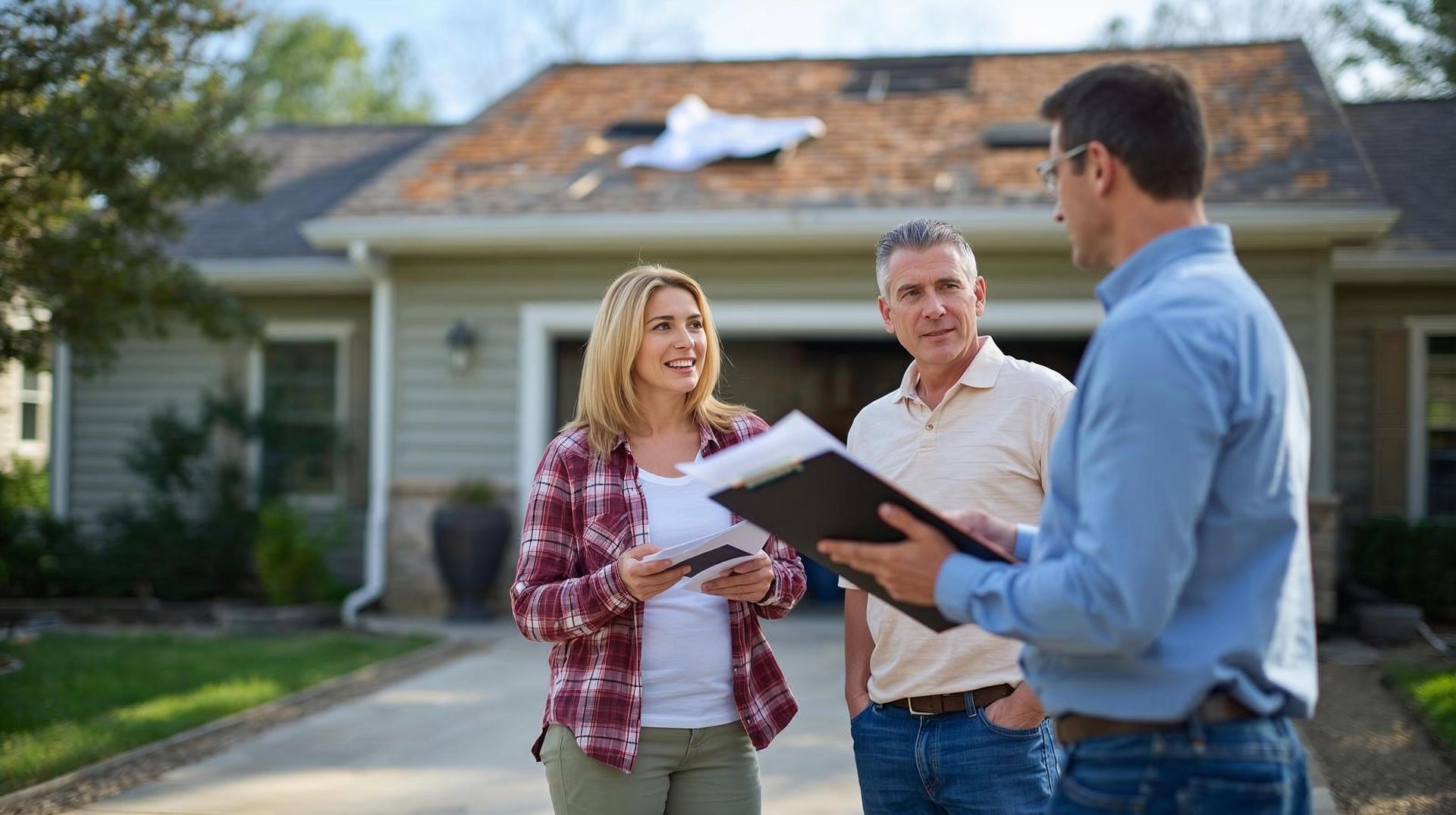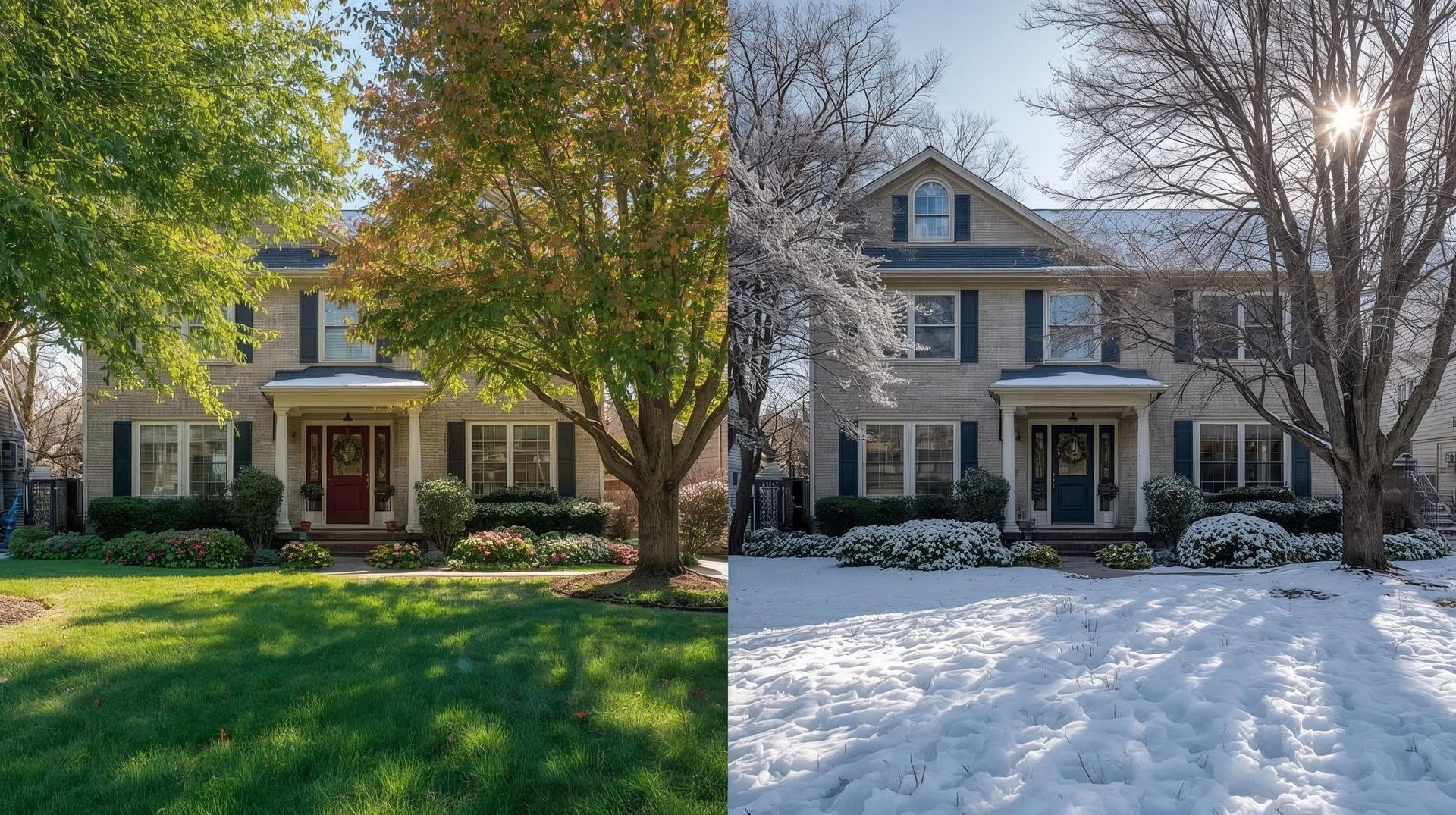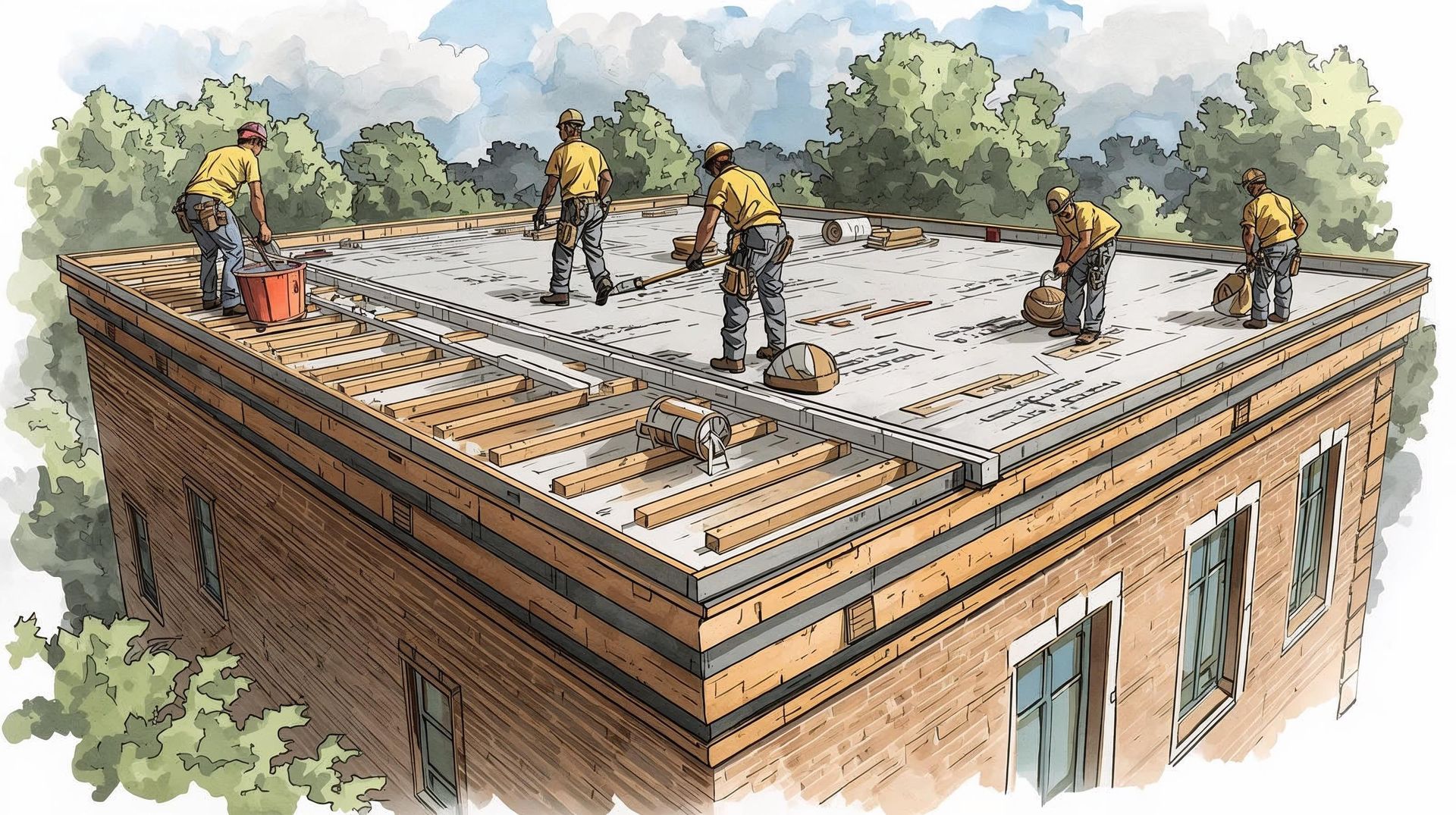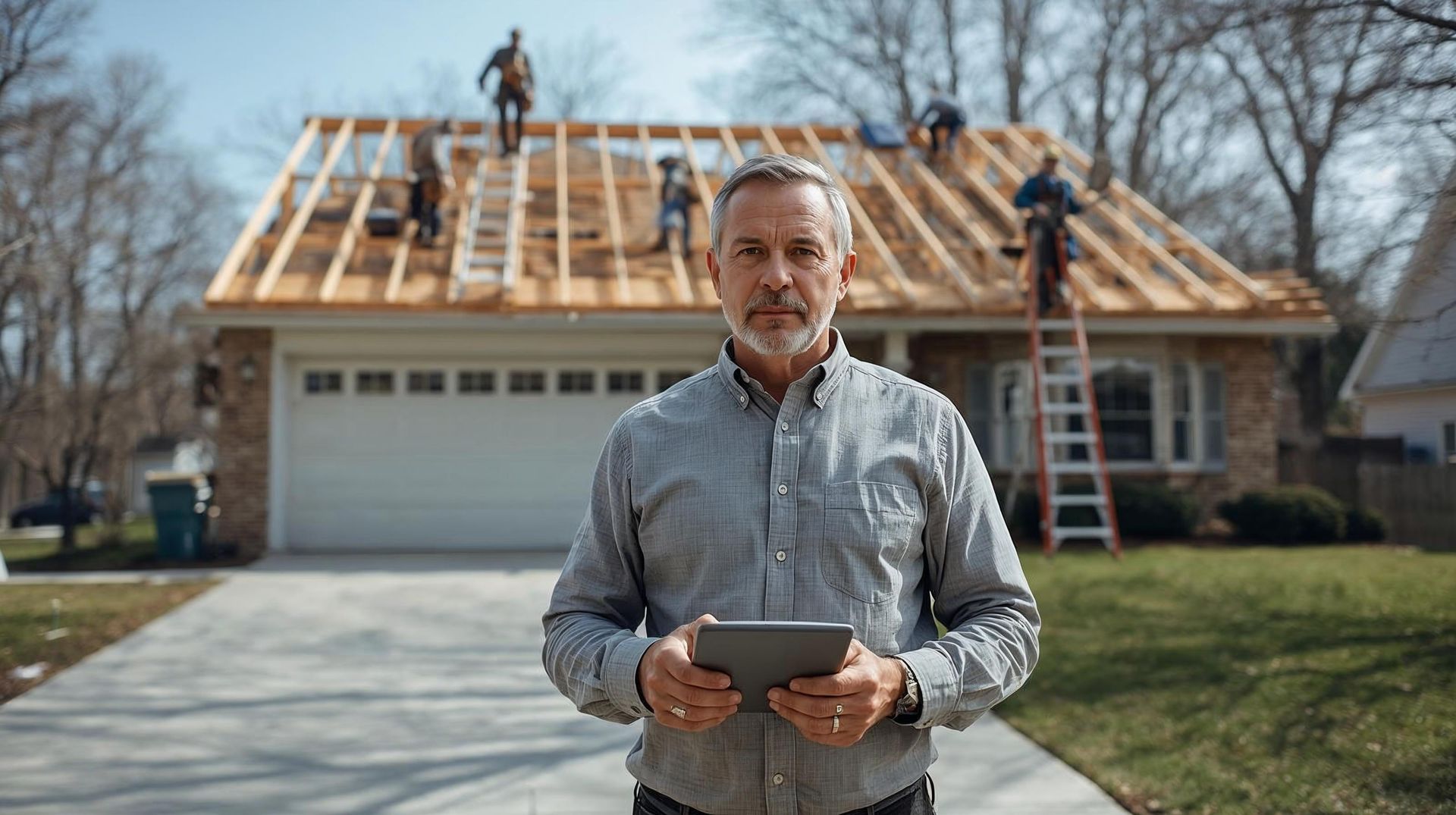How to Know if You Need a New Roof: The Ultimate Homeowner's Checklist
- Your Roof's Age: If your asphalt shingle roof is over 20 years old, it's automatically in the replacement zone, regardless of how it looks.
- Exterior Warning Signs: Look for shingles that are curling, cracked, or missing, and check for excessive "shingle sand" (granules) in your gutters.
- Check Your Attic: Look for any daylight coming through the roof boards, signs of moisture, or water stains on the underside of the roof.
- The Final Warning Sign: If you see water stains on the ceilings inside your home, the leak is serious and needs immediate attention.
- The Professional Verdict: While this checklist is a great guide, only a professional inspection can give you a definitive answer on your roof's condition.
- 3-Tab Asphalt Shingles generally last 15 to 20 years.
- Architectural Asphalt Shingles have a lifespan of 25 to 30 years or more.
- A Metal Roof can last 40 to 70 years or longer.
- Wood Shakes typically last 25 to 50 years.
| Inspection Area | Warning Sign to Look For | Check if Seen [ ] |
|---|---|---|
| EXTERIOR | ||
| Shingles | Shingles are visibly curling, cracked, or missing. | [ ] |
| Gutters | You find piles of "black sand" (shingle granules). | [ ] |
| Roof Surface | There are widespread dark streaks (algae) or moss growth. | [ ] |
| Roof Surface | There are obvious dents from hail or tears from wind/debris. | [ ] |
| Chimneys & Vents | Flashing (metal strips) looks rusted, cracked, or is pulling away. | [ ] |
| Roofline | The roof appears to be sagging or drooping in the middle. | [ ] |
| INTERIOR | ||
| Attic (Daylight) | You can see any daylight coming through the roof boards. | [ ] |
| Attic (Moisture) | You find water stains, damp insulation, or a musty smell. | [ ] |
| Ceilings | There are new or growing water stains on your ceilings. | [ ] |
The Verdict: If you checked 4 or more of these boxes, your roof is showing multiple, significant warning signs of failure. It is highly recommended that you schedule a professional inspection soon to determine if you need a new roof.
Repair vs. Replace: What's Better for You?
So, your roof is showing signs of wear and tear. How do you know if you can get away with a simple repair or if you need to replace your roof entirely? The decision usually comes down to the age of the roof and the extent of the damage.
You Can Likely Get by with a Roof Repair If...
- The damage is isolated to one small, contained area.
- Your asphalt shingle roof is less than 15 years old and otherwise in good shape.
- You're only dealing with a few missing shingles that blew off during a recent windstorm.
It's Time for a Full Roof Replacement If...
- Your asphalt shingle roof is over 20 years old and nearing the end of its expected lifespan.
- You checked off multiple boxes on the inspection checklist, indicating widespread wear and tear across the entire roof.
- You have an active roof leak that has resulted in water stains on your ceilings or a visibly sagging roof deck in the attic.
Conclusion: Don't Wait for a Disaster
The goal of this checklist is to help you spot potential trouble with your roof early. Knowing the warning signs gives you a major advantage when deciding on your next steps.
While this guide helps you understand your roof's condition, the final piece of the puzzle is understanding the potential cost. If you checked off several items on the list, the most important thing is not to delay, as small problems can quickly become more expensive ones.
You've identified the signs, now get the numbers. A real budget starts with a real estimate. >> Calculate Your Personalized Roof Replacement Cost for Free <<
How much does a professional roof inspection cost?
Many reputable roofing contractors offer a free, no obligation roof inspection and estimate, especially if you are considering a full roof replacement. Some independent inspectors may charge a fee, typically between $200 and $500.
Can a hailstorm mean I automatically need a new roof?
Not always. The need for a replacement depends on the severity of the hail. Small hail might cause minor cosmetic damage, while large hail can shatter shingles and require a full replacement. After a storm, it's best to have your roof inspected by a professional and contact your insurance company.
My roof has dark streaks, but it's not leaking. Do I need a replacement?
The dark streaks from algae growth are usually a cosmetic issue and don't mean you need an immediate roof replacement. However, it is a clear sign that your roof is aging and retaining moisture, so you should keep a closer eye on it for other warning signs.
How long can I wait to replace my roof once I see these signs?
It depends on the sign. A few curled shingles on a 15 year old roof might mean you have a few years left. However, signs of active water leaks, daylight coming through the attic, or a sagging roof deck are urgent problems that should be addressed immediately to prevent expensive repairs to the rest of your home.
